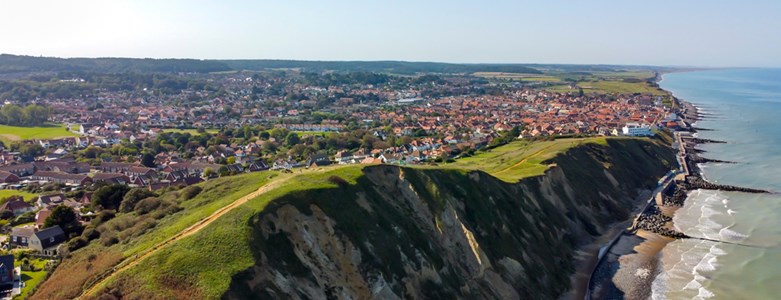The possible impacts of Second and Holiday Homes in North Norfolk

Date published: 20th July 2022
At today’s Overview & Scrutiny Committee, the CCfA Second Homes and Holiday Lets: Data Report on the possible impacts of second and holiday homes in North Norfolk was discussed.
Key findings included:
- The report suggested neither a positive or negative impact from second homes and holiday homes in the district is clear, which is also in line with other authorities
- North Norfolk had 7,169 second and holiday homes (as of April 1, 2022)
- Second homes represented 8.0% (4,508) of council tax homes
- Holiday homes represented 4.5% (2,661) of all homes (council tax homes plus holiday homes liable for business rates)
- North Norfolk has the second highest proportion of second homes in England after the City of London and one of the highest in terms of total numbers
- The district's changing demographics is the main driver of the housing market. People aged 65+ made up 32% of the population, many of whom are coming to the district to retire
- From the available evidence, it is difficult to conclude that the high number of second and holiday homes affects house prices and affordability across the district as a whole. However, there may be some local effects
- All towns and parishes in the district have affordable homes but proportions vary. There is no correlation with the number of second and holiday homes
- The Council charges 100% of Council Tax on the majority of second homes. The Council has chosen not to reduce the Council Tax on second homes
- In 2019, tourism contributed £529 million to the North Norfolk district economy and provided employment for an estimated 11,898 people, around 20% of the total jobs in the district
- Second and holiday homes play a significant part in generating local income and employment
- The trend toward self-contained holiday accommodation may be contributing to the increased numbers of second and holiday homes
- The Council’s housing policies focus on the delivery of new housing and in particular affordable housing across the district. The policies include enabling work and grant funding to help affordable housing scheme viability
The report also evaluated the potential population growth, the district’s age profile, median house prices in the district, the rented private sector, affordable housing, revenues and council tax, non-domestic (business) rates, planning, the community and economy.
Steve Blatch, Chief Executive of North Norfolk District Council, said:
“Issues and concerns around the number of second and holiday homes in North Norfolk are not unique. Many of the National Parks, Devon and Cornwall and the Cotswolds experience similar challenges and the report helpfully details some of that context and says that as an authority, we are open-minded about legislation which might be introduced through the Council Tax and planning systems to try and manage the situation moving forward.”
Cllr. Wendy Fredericks, Portfolio holder for Housing and Benefits, said:
“I would like to thank all of the NNDC officers who researched and put this report together. It highlights some of the causes of the housing crisis here in North Norfolk. The main issue is the consistent lack of investment from Central Government to deliver affordable homes for local people. As a district Council, we need money for land to build and manage affordable homes.
I would, however, ask if there are landowners who have land and wish to provide homes for their communities to come and talk to us.”
Last updated: 12th April 2023
